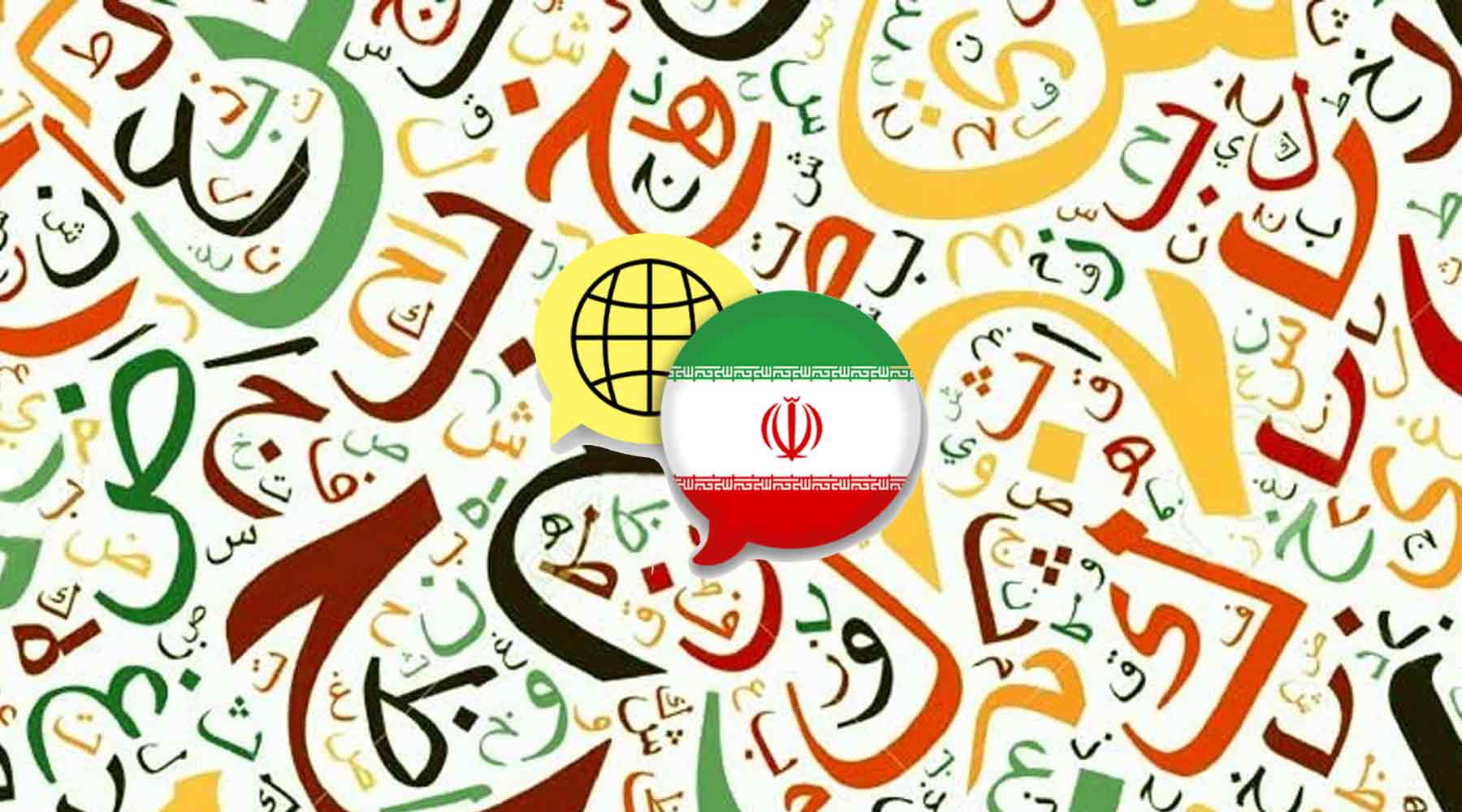
Persian language is one of the prominent and beautiful languages of the world. But what languages is this beautiful language closest to? To answer this question, we must take a look at the language family, history and cultural influences of the Persian language.
Farsi is mainly spoken in Iran, Afghanistan, Tajikistan, and parts of Pakistan and India with different dialects.
Indo-European language family
Persian language is one of the members of the big family of Indo-European languages. This language family includes languages such as English, German, French, Spanish and many others. In this language family, Persian especially belongs to a branch of languages called Indo-European-Indo-Iranian languages.
Iranian languages
Persian language is part of Iranian language group. This group includes many languages that are spoken in different regions of Iran and neighboring countries. Some of the closest languages to Farsi in this group are:
Dari and Tajik languages: The Dari language spoken in Afghanistan and the Tajik language spoken in Tajikistan are very close to Farsi. These languages generally have little differences in vocabulary, pronunciation and some grammatical structures with Persian. In other words, Dari and Tajik are considered to be different dialects of Farsi.
Kurdish language: Kurdish language is also one of the Iranian languages spoken in the Kurdistan regions of Iran, Iraq, Turkey and Syria. Although Kurdish and Persian have significant differences in vocabulary and grammar, there are also many commonalities between these two languages. Some common vocabulary and terms, as well as similar syntactic structures, show a close relationship between these languages.
Balochi and Lori languages: Balochi language is spoken in the southeastern regions of Iran and Pakistan, and Lori language is spoken in the western and southwestern regions of Iran. These languages also have a lot in common with Farsi and are close to each other. Common vocabulary, similar grammatical structures and cultural influences connect these languages to Persian.
Indo-Aryan languages
Another language group close to Persian is the Indo-Aryan languages. This group includes languages such as:
Urdu language: Urdu language, which is spoken in Pakistan and parts of India, has received many influences from Persian. Many words and literary expressions of Urdu come directly from Persian. Also, Urdu language has been influenced by Persian culture and literature throughout history and many Urdu literary works have been written in Persian.
Indian language: Indian language also has many loanwords from Persian, especially in literature and official language. The cultural and historical influences between Persian and Hindi have made these two languages to have many commonalities. Many common words as well as similar syntactic and grammatical structures indicate this connection.
Arabic influences
Although the Arabic language is from a different language family called Semio-Arabic, it has had many influences on the Persian language. After the arrival of Islam in Iran, many Arabic words entered Persian. These effects can be seen especially in literary and religious languages. Many religious, scientific and literary terms in Farsi have Arabic roots and these influences are significant as part of the common history of these two languages.
Turkish languages
Turkish is also significant as one of the languages influencing Persian. Especially in historical periods such as the Safavid and Qajar periods, Turkish influences on Persian have been great. Many Turkish words and terms have been imported into Persian, and cultural and linguistic exchanges between these two languages can be seen throughout history.
European languages
European languages have also had an impact on Persian in different historical periods. Especially in the contemporary era, many words from French, English and Russian languages have been imported into Farsi. These effects are mostly observed in the scientific, technical and cultural fields and indicate linguistic and cultural exchanges between Persian and European languages.
How can you learn Farsi?
There are a lot of language schools in Iran that you can learn Farsi in online and face-to-face classes. These courses are held based on Farsi that is spoken in Iran. Online courses are easier to attend and give you the chance to learn Farsi wherever you are.
One of the best places to learn Farsi is through Profarsi website that hold many different courses online and face-to-face to help you learn Farsi with all the skills you need to communicate on daily basis.
Profarsi works under supervision of Dehkhoda language institute which teach Farsi to non-Farsi speakers with best native teachers.
Conclusion
As one of the Indo-European languages, the Persian language is the closest to the languages of the Iranian group. Languages such as Dari, Tajik, Kurdish, Balochi and Lori are very close to Farsi. Also, Indo-Aryan languages such as Urdu and Hindi have a lot in common with Persian. Cultural and historical influences have made these languages closer to each other over time.
Starting to learn Farsi can connect you to a wide network of languages and cultures. This language is very valuable not only for communicating with Iranians but also for better understanding of the languages and cultures of the region. Therefore, if you are looking for a language with a rich history and wide connections, Persian is an excellent choice. Learning this language connects you to a new world of culture, art and history and provides an opportunity to expand your knowledge and experiences.

 icons at the top
right corner of the subsection.
icons at the top
right corner of the subsection.